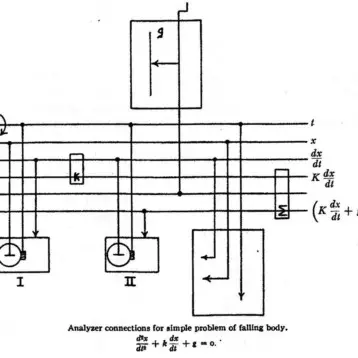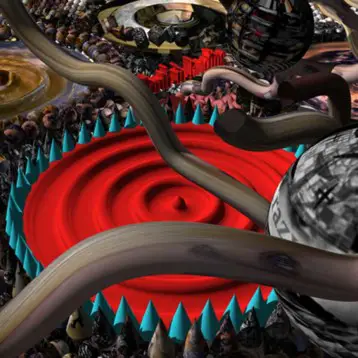Osamu Shimomura is a researcher at the Marine Biological Laboratory (MBL), MA, and Boston University Medical School, first to isolate the GFP protein from a jellyfish that drifts with the currents off the west coast of North America named Aequorea Victoria. He then subsequently discovered that this protein glowed bright green under ultraviolet light.
At Columbia University, New York, Martin Chalfie established the importance of GFP as a luminous genetic tag for diverse biological phenomena. In his pioneer experiment, he was able to colour six individual cells using the transparent roundworm Caenorhabditis Elegans with the support of GFP.
It was only after Chalfie’s discoveries that Roger Y. Tsien from the University of California, San Diego was able to contribute to how GFP fluoresces work. He also expanded the color palette beyond green, permitting researchers to furnish a range of proteins and cells with different colors. This facilitates the pursuit of several distinct biological processes at the same time.
Since 1962, when the protein was first discovered, it has developed into one of the most imperative tools used in present-day bioscience. With the help of GFP, researchers have improved techniques to observe processes that were previously invisible, such as the occurrence of nerve cells in the brain, or how cancer cells spread.
The green fluorescent protein, GFP, has functioned in the past decade as a guiding star for biochemists, biologists, medical scientists, and other researchers. The strong green colour of this protein appears under blue and ultraviolet light. It can, for example, illuminate growing cancer tumours, show the development of Alzheimer’s disease in the brain, or the growth of pathogenic bacteria.
An even more interesting use of GFP means that researchers can actually follow processes inside individual cells. The body consists of billions of cells, from pumping heart muscle cells and insulin-producing beta cells to macrophages that destroy unwelcome bacteria. The more researchers know about a cell type, how it develops and functions, the greater the chance that they can develop effective drugs with minimal side-effects.
Studying the machinery of these 0.02 millimetre sized cells is not easy. Observing the building blocks of a cell, its proteins, fatty acids, carbohydrates, and other molecules is beyond the power of an ordinary microscope. Furthermore, it is even more difficult to follow chemical processes within a cell, but it is at this detailed level that scientists must work. When researchers understand how cells start building new blood vessels, for example, they might be able to stop cancer tumours from acquiring a nourishing and oxygenating vessel system, preventing their growth.
The chemical processes of cells are usually regulated by proteins. There are tens of thousands of different proteins, each with different functions. By connecting GFP to one of these proteins, researchers can obtain vital information. They can see which cells a particular protein inhabits; they can follow its movements and watch its interactions with other proteins. Thanks to GFP’s green light scientists can now track a single protein under the microscope.
When scientists develop methods to help them see things that were once invisible, research always takes a great leap forward. For example, when Anton van Leeuwenhoek invented the microscope in the 17th century a new world opened up. Scientists could suddenly see bacteria, sperm, and blood cells; things they previously did not know even existed. The work of Osamu Shimomura, Martin Chalfie, and Roger Y. Tsien opened a similar window into the biological world by harnessing the power of GFPs.
TFOT has previously reported on the 2008 Nobel Prize in Physics awarded to Yoichiro Nambu, Makoto Kobayashi, and Toshihide Masakawa, and the 2008 Nobel Prize for Physiology or Medicine won by Harald zur Hausen, Francoise Barre-Sinoussi, and Luc Montagnier. 2007 Nobel Prize awards which TFOT covered include the 2007 Nobel Prize for Physiology or Medicine, the 2007 Nobel Prize in Physics and the 2007 Nobel Prize in Chemistry.
Additional information about the 2008 Nobel Prize in Chemistry can be found on the official Swedish Academy of Sciences website.






